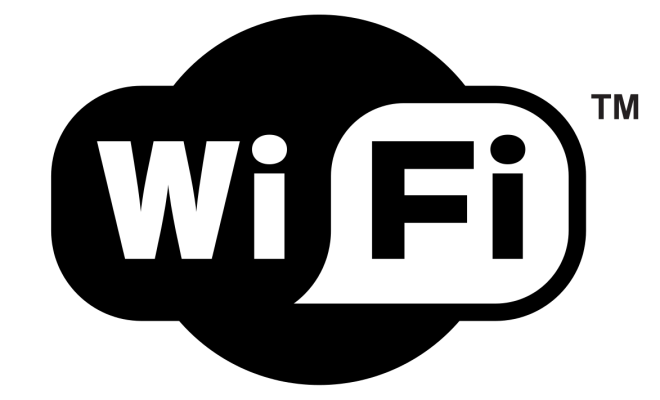What Does “Wi-Fi” Mean and How Does It Work?

In today’s digital age, we all rely heavily on wireless networking to connect our devices to the internet. One term you may have heard frequently is “Wi-Fi”. What exactly does Wi-Fi mean and how does it work?
What is Wi-Fi?
Wi-Fi stands for “Wireless Fidelity”. It is a type of wireless communication technology that enables devices to exchange data through a wireless connection. Wi-Fi allows multiple devices to connect to the internet without the use of cables or wires.
Wi-Fi is supported by a device known as a router. This device is responsible for creating a wireless network through which devices can connect.
How does Wi-Fi work?
Wi-Fi transmits data using radio frequency waves. To establish a wireless connection, there are a few simple steps that must take place:
1. The device sends a request to connect to the Wi-Fi network, which is broadcasted by the router.
2. The router receives the request and sends a response to the device to authenticate it.
3. The device and the router exchange encryption keys to secure the connection.
4. Once the connection is established, the device is free to transmit and receive data.
The speed of your Wi-Fi connection can vary depending on several factors, including the distance between the device and the router, the type of device, and the strength of the signal.
The most common Wi-Fi standard in use today is 802.11n with a maximum theoretical speed of 600 Mbps. However, newer Wi-Fi standards such as 802.11ac can provide speeds up to 1.3 Gbps.
Wi-Fi also uses different frequencies, ranging from 2.4 GHz to 5 GHz. The 2.4 GHz frequency is more common and used for devices that require less bandwidth such as smartphones, laptops, and gaming consoles. The 5 GHz frequency is faster and less crowded, making it ideal for streaming, online gaming, and other data-intensive tasks.






